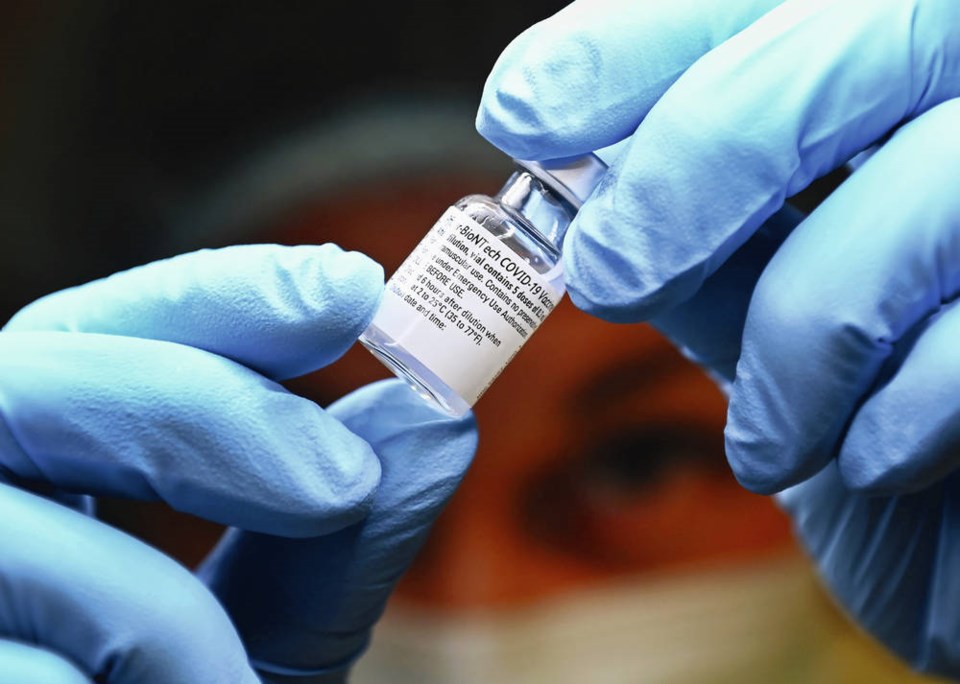As the COVID-19 outbreak finally shows signs of weakening, it is worth asking what lessons have been learned.
On the plus side, the unprecedented speed and depth of the pandemic forced innovations that would otherwise have taken years of planning, negotiating and haggling.
Thus we’ve moved toward significant levels of virtual medical care in the space of a few months.
The lesson we now have to learn is what aspect of virtual medical care works and should be kept, and when should patients and doctors meet face to face.
Can virtual care be the most important tool we have to address the shortage of family physicians, or will it be a financial add-on to the health budget with no discernible impact on patient health?
The College of Physicians and Surgeons should publish guidelines as to the appropriate limits around this form of care.
Hospitals have also moved to more efficient use of surgical facilities, reducing wait times significantly.
Another plus has been the elimination of a flu season in the winter of 2020-21. Flu Watch, the federal website which watches flu activity, reports exceptionally low rates of influenza across the country. The same is true around the globe.
Can we continue the behaviours (hand-washing, mask wearing) that obviously contributed to this unprecedented decline in flu?
On the negative side, the outbreak ironically highlighted the failure of previous attempts at pandemic planning.
The unfortunate reality is that both at the national level, and in every province, we were caught totally unprepared. This despite the fact that in the past two decades alone, three serious pandemics occurred — severe acute respiratory syndrome (SARS-CoV-1) in 2003, H1N1 in 2009, and Middle East respiratory syndrome (MERS) in 2013.
Yet when the coronavirus arrived, the federal auditor general found that the Public Health Agency of Canada failed in almost every respect to respond in a timely manner. Surveillance was inadequate, risk assessments were off by miles, data-sharing with the provinces fell far short of the need, and there was scant surveillance of travellers from abroad.
The lesson here is that we need a full-scale inquiry into what went wrong, and a determined effort to prepare fully for what must be considered for the inevitable next epidemic.
Here in B.C., the initial reaction of public health staff was to close some 4,000 hospital beds and postpone tens of thousands of non-emergency procedures.
As it turned out, this was largely unnecessary. Since the pandemic began, there have never been more than a few hundred COVID-19 patients in hospital at any one time.
The lesson here is that we should close beds in stages, not all at once, as the extent of the outbreak becomes known.
Then there has been the near-endless dithering over restrictions on social mobility. Bowing to months of pressure, Prime Minister Justin Trudeau has imposed a temporary ban on flights from India, where the pandemic is flaring. Yet he refuses to close flights from other heavily infected countries, Brazil among them. This makes no sense.
Next we had Premier John Horgan saying he couldn’t limit travel for constitutional reasons. Then he relented and imposed restrictions.
But these are being implemented in a haphazard manner that defies logic. Public Safety Minister Mike Farnworth initially ordered travellers to remain within the boundaries of their health authority, but immediately made an exception for travel between the Fraser and Vancouver Coastal health authorities, and also between the Northern and Interior regions.
Are these exceptions reasonable? Yes, people must travel for work. But Fraser Health is the most heavily infected region in the province by far.
Farnworth also ordered police checks on some heavily used routes such as the Coquihalla, but not on others, like the Malahat.
The danger is that while people are usually willing to accept restrictions if they are applied uniformly, they may resist if it appears the process is arbitrary.
The lesson here? Define ahead of time the travel restrictions you intend to use, and make sure they strike the public as fair and level-headed.
There’s an old saying: Never let a crisis go to waste. The coronavirus outbreak has been the most serious crisis we’ve faced in decades.
Let’s make sure this one doesn’t go to waste.



